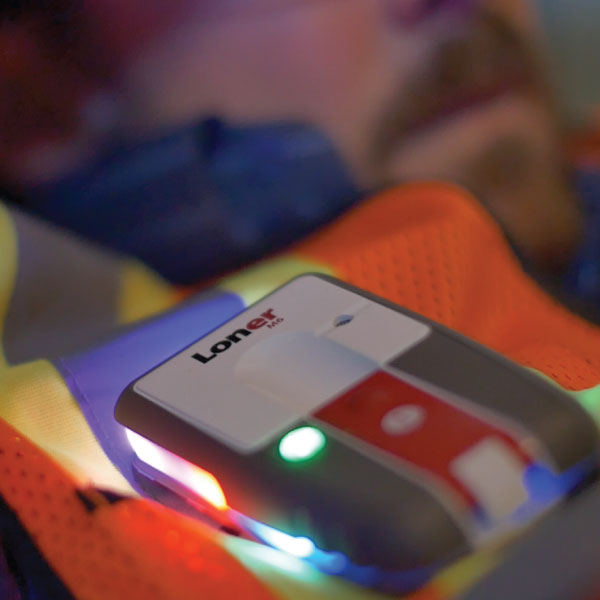Is there a difference between a Helmet and a Hard Hat? The short answer is 'Yes' a helmet offers a better fit and more protection than a hard hat. While both are used for head protection traditionally hard hats are used within a working environment like construction, while a helmet has been used for head protection in sporting applications.
The terms "hard hat" and "helmet" are often used interchangeably, but they typically refer to different types of head protection gear.
What are the primary differences between a helmet and a hard hat?
Hard Hat: A hard hat is a type of protective headgear commonly used in industrial and construction settings. It is designed to protect the wearer's head from falling objects, debris, and electrical hazards. Key features of a hard hat include:
- Shell: Hard hats have a rigid outer shell made of durable materials like high-density polyethylene (HDPE) or fiberglass. This shell provides impact resistance and helps distribute the force of a blow across a wider area.
- Suspension System: Inside the hard hat, there is a suspension system that consists of straps or webbing. It helps suspend the hard hat away from the wearer's head, providing a small clearance or "crumple zone" that helps absorb the impact of a falling object.
- Chin Strap: Some hard hats have an optional chin strap that can be attached to keep the hard hat secure on the wearer's head, especially in situations where there is a risk of the hard hat being dislodged.
- Functionality: Hard hats intended for use by workers on the ground walking through or working on a site that may have falling objects from above
- Testing: Hard hats are usually only tested in one direction from overhead for falling objects
Helmets: Helmets, on the other hand, are designed for a broader range of activities and purposes beyond industrial and construction settings. They are used in various sports, recreational activities, and specific professions where head protection is required. Here are some key characteristics of helmets:
- Impact Protection: Helmets are designed to provide protection against impacts from different angles, depending on the specific activity they are intended for. They are often made with a hard outer shell, typically made of materials like polycarbonate or fiberglass, which offers resistance to penetration and disperses impact forces.
- Padding and Cushioning: Helmets feature inner padding or cushioning made of foam or similar materials. This padding not only provides comfort but also absorbs and dissipates impact energy, reducing the risk of head injuries.
- Strap or Chinstrap: Helmets usually have an adjustable strap or chinstrap system that helps secure the helmet firmly on the wearer's head.
- Specific Functionality: Helmets are designed with specific activities in mind, such as rope access, working at height, rescue, and any industry that may need a helmet with a chin strap rated for multiple impacts. They may incorporate additional features like visors, face shields, or communication systems, depending on the intended use.
- Testing: Helmets that have the Australian Standard AS/NZS 1801 are tested in multiple directions not only for overhead for falling objects but for multi-impact falls to minimise the risk of traumatic brain injury.
It's important to note that the specific requirements and standards for hard hats and helmets may vary depending on local regulations, industry guidelines, or specific activity standards. It is crucial to choose the appropriate head protection gear for the specific hazards and activities you are engaged in, and always follow the manufacturer's instructions and guidelines for proper use and maintenance.
Is it worth it to buy a helmet?
Well, we think so.
You can pay $150.00 plus on footwear to protect your feet and depending on the industry they will last up to a year, for less than the cost of a pair of steel cap work boots you can protect your head for 6 years.
You need head protection that is ‘fit for purpose’. We know a multi-impact tested helmet is the only effective way to minimise the risk of a traumatic brain injury.











